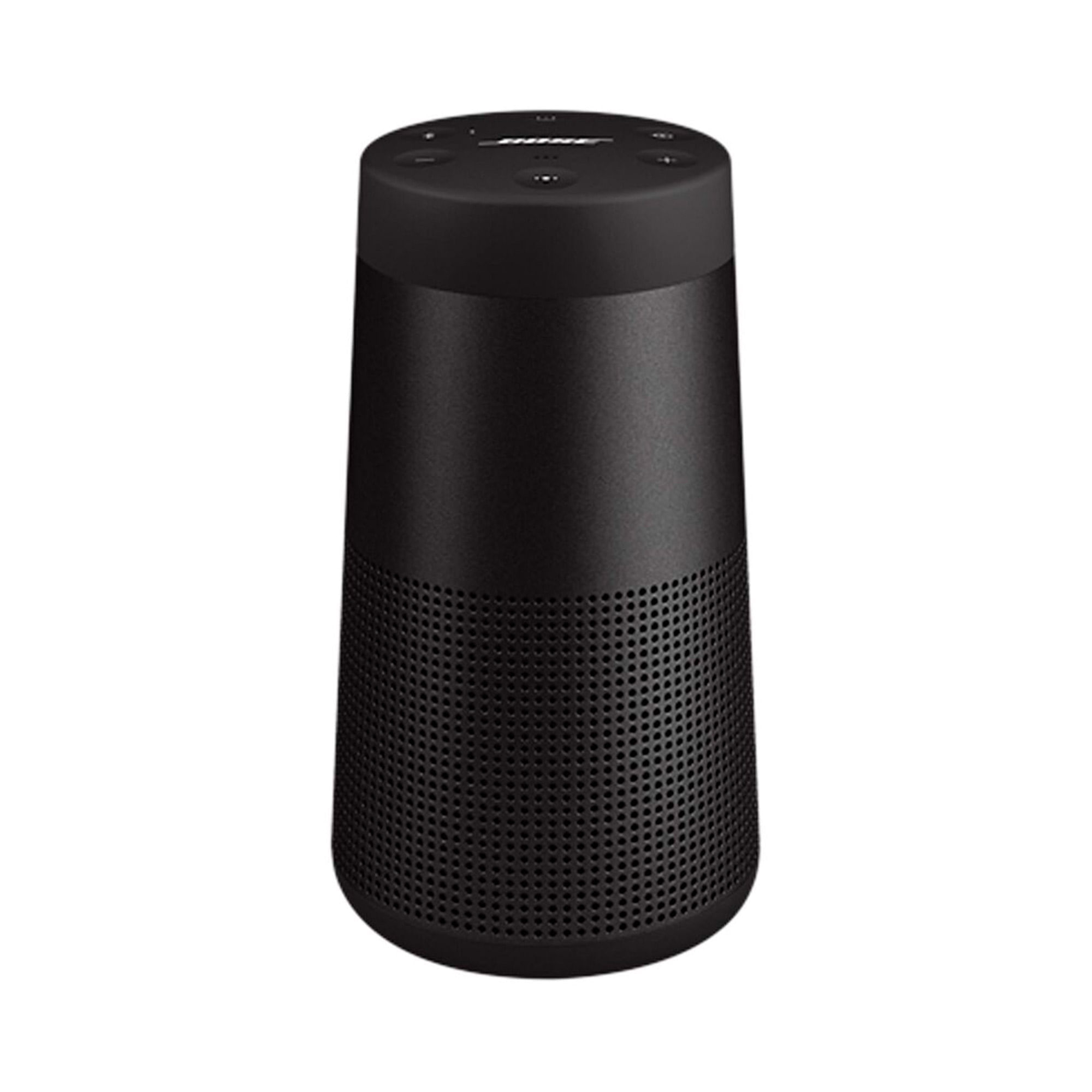
UGREEN Cable Óptico Audio Digital, Cable Toslink SPDIF Fibra Soporte Dolby DTS PCM 5.1 Sonido Envolvente, Cable Sonido Óptico Compatible con Smart TV, Home Cinema, PS4/Xbox, Barra de Sonido,1M : Amazon.com.mx: Electrónicos

Amazon.com: BIRKINHOME Bluetooth Aux Receiver for Car, V5.0 Bluetooth Aux Adapter for Car, 3.5mm Bluetooth 5.0 Receiver for Home Stereo, Speaker, Headphones | Volume Control | Hands Free Calls | Easy to Pair : Electronics

Amazon.com: VIZIO V-Series 2.1 Home Theater Sound Bar with DTS Virtual:X, Wireless Subwoofer, Bluetooth, Voice Assistant Compatible, Includes Remote Control - V21-H8R : Everything Else

Energy Sistem Tower EU Torre de Sonido con Bluetooth True Wireless (65W, Bluettoh 5.0, True Wireless Stereo, USB/MicroSD MP3 Player, Audio-In) : Amazon.es: Electrónica

Amazon.com: Pyle Altavoz Bluetooth para karaoke PA – PSBT65A negro y soporte universal para trípode – Soporte de equipo de sonido de 6 pies altura ajustable hasta 70 pulgadas para altavoces PSTND25 : Instrumentos Musicales

Sony Sistema Audio GTK-PG10 con bluetooth, batería recargable, resistente a salpicaduras, USB, FM, entrada de audio, compatible con trípode : Amazon.com.mx: Electrónicos

Amazon.com: Experimentos Científicos. Sonido y audición (Experimentos Cientificos) (Spanish Edition): 9788424135300: Walker Mark: Libros

Amazon.com: VIZIO V-Series 2.1 Home Theater Sound Bar with DTS Virtual:X, Wireless Subwoofer and Alexa Compatibility, V214x-K6, 2023 Model : Everything Else

Por qué al poner un altavoz boca abajo el sonido no sale al revés? | Las científicas responden | Ciencia | EL PAÍS

Amazon.com: Bluetooth 5.0 Receiver for Car, Natuvee Noise Cancelling Bluetooth Aux Adapter for Clear Sound, 16Hr Playtime, Wireless Audio Bluetooth Music Receiver for Home Stereo / Hands-Free Call : Electronics

Amazon.com: Bluetooth 5.0 Receiver for Car, Natuvee Noise Cancelling Bluetooth Aux Adapter for Clear Sound, 16Hr Playtime, Wireless Audio Bluetooth Music Receiver for Home Stereo / Hands-Free Call : Electronics

Amazon.com: Pyle 1600 vatios, altavoz PA Bluetooth de 15 pulgadas, sistema de sonido portátil para interiores y exteriores con (2) micrófonos inalámbricos UHF batería recargable, grabación de audio, lectores USB/SD, radio FM (

Experimentos Científicos. Sonido y audición (Experimentos Cientificos) (Spanish Edition): Walker Mark: 9788424135300: Amazon.com: Books

Betued Micrófono de Condensador, Entrada Efectiva, Evita la Pulverización de Aire, Micrófono USB, Plug and Play, Transmite el Sonido de Manera Conveniente Y Efectiva, para Skype MSN : Amazon.es: Informática

Amazon Basics-Cable de audio estéreo (conector macho de 3,5 mm a conector macho de 3,5 mm, 1,2 m) : Amazon.es: Electrónica

Amazon Basics-Cable de audio estéreo (conector macho de 3,5 mm a conector macho de 3,5 mm, 1,2 m) : Amazon.es: Electrónica

Amazon.com: BIRKINHOME Bluetooth Aux Receiver for Car, V5.0 Bluetooth Aux Adapter for Car, 3.5mm Bluetooth 5.0 Receiver for Home Stereo, Speaker, Headphones | Volume Control | Hands Free Calls | Easy to Pair : Electronics

Amazon.com: COMISO Altavoz Bluetooth portátil, pequeño altavoz inalámbrico de ducha 360 HD, sonido fuerte, emparejamiento estéreo, impermeable, tamaño de bolsillo pequeño, soporte de micrófono integrado, tarjeta TF para viajes al aire libre,

Amazon.com: Máquina de karaoke con 2 micrófonos, máquina Karokee portátil con Bluetooth y micrófono inalámbrico para adultos, altavoz de karaoke para fiestas en casa, reuniones, bodas, iglesias, pícnic, exteriores e interiores :

Amazon.com: Monoprice 8K Certified Braided Ultra High Speed HDMI 2.1 Cable - 15 Feet - Black | 48Gbps, Compatible With Sony PS 5, PS 5 Digital Edition, Xbox Series X, and Xbox Series S : Everything Else

Sony SRS-XE200 - Altavoz inalámbrico bluetooth portátil con sonido amplio y correa, resistente al agua, resistente a los golpes, 16 horas de duración de la batería y carga rápida, naranja : Amazon.es:



